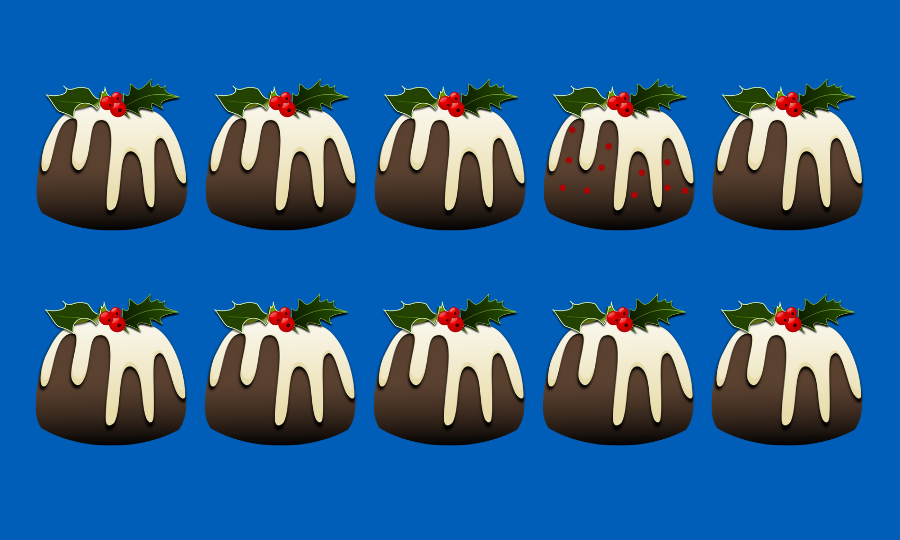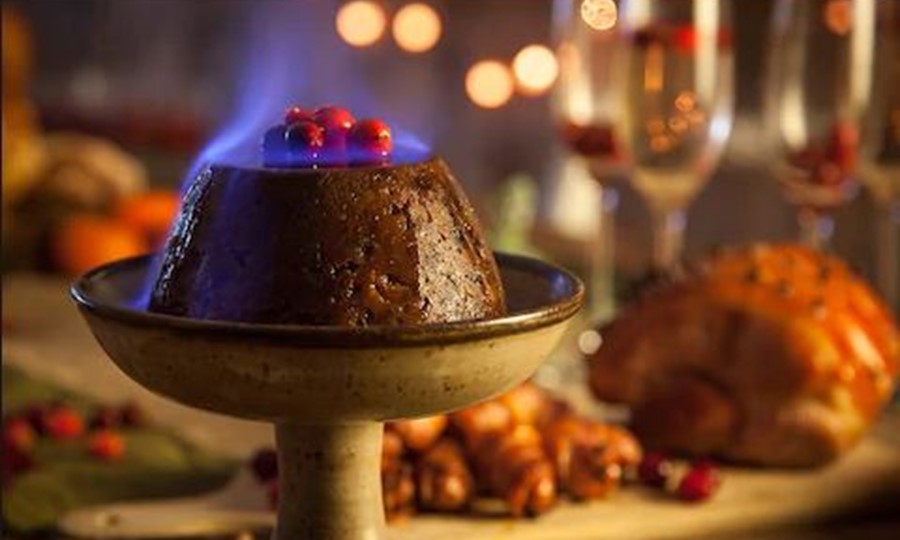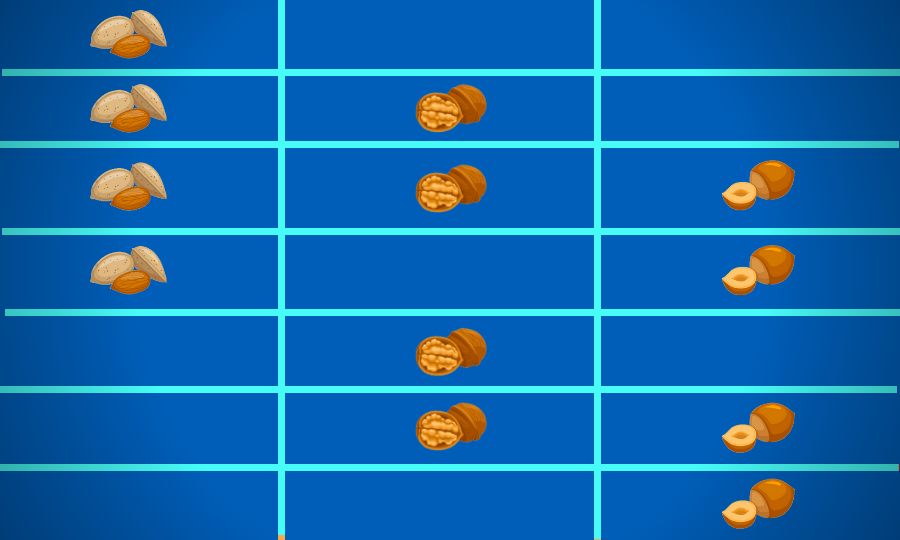High spec blood
A festive tale told through the medium of Christmas puddings.
What do Christmas puddings and blood types have in common? Well, on the face of it, not a lot. But given the time of year, they’re a good metaphor for explaining something which can get pretty complicated – and for some patients, extremely important.
These days, you get all sorts of Christmas puddings – ones with hidden orange, ones with figs, even ones with chocolate. They're all Christmas puddings, with the same base ingredients of fat, flour and sugar, but with added extras which can react differently with those who eat them.
In the same way, although all blood comprises three basic parts (red cells, plasma and platelets), each donation of blood has a slightly different 'recipe' which means that although the end product is in essence the same, there are lots of tiny elements within it which can affect how well a patient reacts to a transfusion.
This is why it is vital that hospitals around the country have stock of 'high spec' blood products – blood donated by a small set of donors which fulfil a very precise set of criteria, and is the safest that can be given to certain vulnerable patients.
What is 'high spec' blood?
If we have ever got in touch with you to tell you your O negative (O neg) blood is also Kell negative (Kell neg), CMV negative (CMV neg) and 'rr', this means your blood is very rare, very special, and very much in demand, because it’s the least likely to have a bad reaction if transfused – the nut-free, dairy-free, and probably gluten-free pudding of the blood product world. And it gives the most defenceless patients in Scotland the very best chance of survival.
Who needs O neg, kell neg, CMV neg, 'rr' blood?
O neg, Kell neg, CMV neg, 'rr' blood is used in emergencies, and transfused to those with unformed or weakened immune systems - for example babies, patients undergoing chemotherapy, and those with immunodeficiency conditions. It is also used for women of childbearing age.
What is Kell neg blood?
As most blood donors know, the ABO system, with its four (A, B, AB and O) different blood types, is the most common way of classifying blood. However it’s actually only one of 35 different ways of classifying human blood according to different elements within it. One of these different classifications is Kell.

The Kell factor refers to an antigen (a protein which brings on an immune response in the body, especially the production of antibodies) that's attached to the membrane of red blood cells. In the same way that Christmas puddings occasionally include cherries, 10% of the population have Kell antigens – everyone else has Kell negative blood.
Generally, this causes no issues. However, problems can occur when a Kell negative woman is somehow exposed to Kell positive blood — say, via a blood transfusion.
Once the woman is exposed, she develops anti-Kell antibodies, which can attack and destroy Kell-positive red blood cells. So, if she then becomes pregnant with a Kell-positive baby, her anti-Kell antibodies might cross the placenta and destroy the baby’s red blood cells. This is called haemolytic disease, and it can be fatal.
For this reason all woman of child bearing age and babies are transfused Kell negative red cells. This also means any emergency O negs also have to be Kell neg to cater for emergencies involving woman of child bearing age.
What is CMV neg blood?
Cytomegalovirus (CMV) is a common virus that's usually harmless - similar to the herpes virus that causes cold sores and chickenpox. However, once you have the virus, it stays in your body for the rest of your life, and you become CMV Positive. In Christmas pudding terms, it's like the brandy that’s poured onto the pudding then set alight. The flame burns out, but the pudding's still coated in booze.

A healthy immune system will usually keep the virus in check, and most people don't even realise they have it. However, those with weak immune systems are vulnerable to CMV. Since newborns immune systems are not fully developed, they can only receive CMV negative blood transfusions.
What is 'rr' blood?
So, this one's a bit more complicated – hold onto your Santa hat.
As already mentioned, the ABO system with its four blood types (A, B, O, and AB) is the most basic way of classifying human blood. However, the second most common blood system, the Rh blood group system, is more complex. This system classifies blood according to which of a specific set of 49 antigens known as 'Rhesus antigens' (or 'blood markers') are present on the surface of a red blood cell.

To simplify this, imagine you have eight different Christmas puddings, four of which include nuts, and four of which don't. This would be a bit like dividing your Christmas puddings as nut-positive and nut-negative with the ABO system. However, if you were then told that to split the puddings with nuts according to what combinations of nuts were used (almonds, walnuts, or hazelnuts), that's a little bit like using the Rh system – someone with an allergy to hazelnuts could have a pudding with walnuts, or almonds, or walnuts and almonds, but they would probably be safer with a pudding with no nuts at all.
To bring this back to blood transfusion, if a woman of child bearing age was to be transfused the wrong type of antigens, she can form an antibody which could attack a foetus if she later got pregnant – in the same way as described for Kell antigens. If she needs an operation which is planned in advance, there is enough time for the clinicians to identify what antigens she has in her blood, and ensure she is transfused an exact match; however, if it’s an emergency and time is of the essence, there needs to be a special stock of ABO negative blood with no Rhesus D antigens at all.
Why is it important to give Kell neg, CMV neg, 'rr' blood now?
Quite simply, blood (like Christmas pudding) is at its best when it’s freshest. Usually, it's fine to use blood for up to 35 days after donation (although the nutrient value does deplete over time). However, for babies and newborns needing transfusions (or even intra-uterine transfusions), the blood needs to be less than five days old.
- Whether you're one of our special high spec donors, or an O Positive donor with every antigen going, we'd love to see you this Christmas.
- Book your appointment online, or call us on 0345 90 90 999 (Mon-Fri, 9am-5pm)
- Pudding not included... but we can promise teacakes after your donation.
